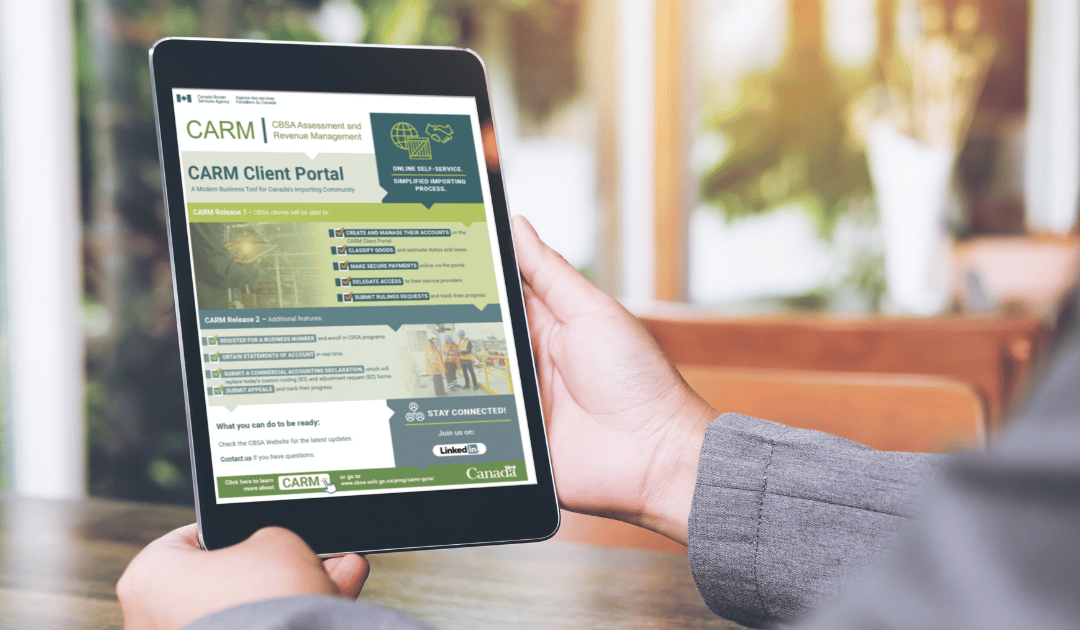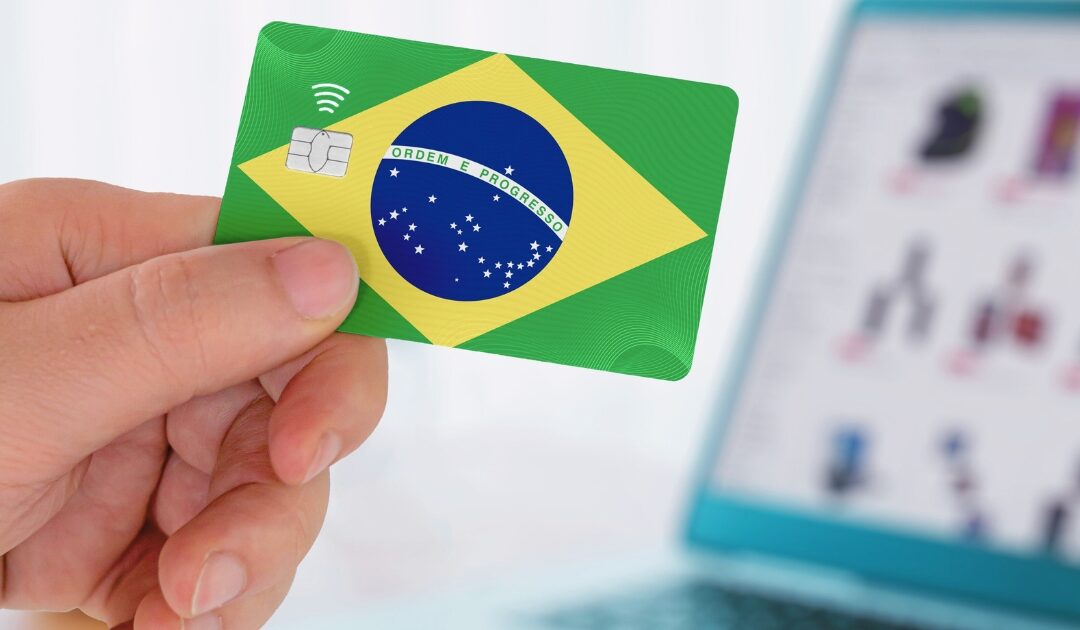Benefits of Import One Stop Shop (IOSS)
For brands selling or importing goods in the European Union (EU), the July 1, 2021 tax changes offer businesses a number of options to account for value-added tax (VAT). (And if you’re wondering what tax changes we’re referring to, head over to our EU VAT Compliance Basics breakdown!) US sellers with no legal entity in the EU have three potential options to account for VAT on orders under 150 that are not sold through a marketplace:
- Standard Customs Procedure
- Special Arrangement
- Import One Stop Shop (IOSS)
We’ll break down one of the options, Import One Stop Shop (IOSS), and highlight the Top 5 benefits to consider.
What Is IOSS?
Import One Stop Shop (IOSS) is the European Commission’s answer to having to register for a VAT number in each country where business takes place. Brands would just need to register on the IOSS portal of an EU Member State, using their IOSS number for any of the 27 EU Member States.
Something to note about IOSS is that unless a company is already an EU-established business, they will need to either establish themselves as an entity within the country they file for IOSS or they will need to find a fiscal intermediary in the country they wish to register for IOSS in.
So, what’s so great about IOSS? Why should brands consider this as an option to account for VAT on orders sold in the EU?
Top 5 Benefits of IOSS
1. Simplified, Expedited Customs Clearance
The good news is that clearance through customs should be simplified and faster as import VAT does not have to be applied. The European Commission estimates that using the IOSS can reduce cross-border barriers by up to 95% over other methods! IOSS creates a “Green Channel” to expedite customs clearance of IOSS-processed entries.
2. Centralized Clearance
IOSS participants can clear customs in any country while other methods must clear customs in the country that the consumer lives in. IOSS allows couriers to ship into one country, clear customs, then deliver anywhere in the EU, reducing risk of transit time delays. This is a major advantage, both from a logistics standpoint of leveraging consolidated air freight rates, as goods can then be moved freely regardless of the end destination of each package.
3. Reduced Customs Fees
Other methods that require the courier to collect VAT on the consumer’s behalf will be hit with a customs clearance fee of €5 to €15 per shipment, depending on the country of collection. This is in addition to other courier charges like a disbursement fee, a minimum customs clearance fee, and any other customs brokerage fees that they may tack on. Since customers do not have a negotiated rate with the carrier, they pay the list rates, which often have set minimums. For example, UPS will charge xx in a “disbursement fee” for paying duties and taxes on behalf of the customer.
4. Reduced VAT Rate on Certain Goods
Some food, healthcare, personal care, and medical products may be eligible for a reduced VAT rate. However, this rate can only be claimed for goods processed under IOSS — the Member State’s general VAT rate will apply to all other clearance methods.
5. VAT Refunds
For goods that are returned and re-exported, sellers who use IOSS can reclaim the VAT paid on that shipment. Since VAT is reported monthly, IOSS participants can simply reverse the charge and save themselves the time, headache, and cash outlay of paying VAT on import and reclaiming it when the product is returned to a non-EU country.
Next Steps For EU VAT Compliance Through IOSS
We encourage brands to determine what makes the most sense for your business and weigh all your options when it comes to EU VAT compliance. IOSS is a great option for brands and your friends at Passport are here to help! Feel free to contact our team to set up an exploratory call and learn more about how to best navigate the international shipping space.




